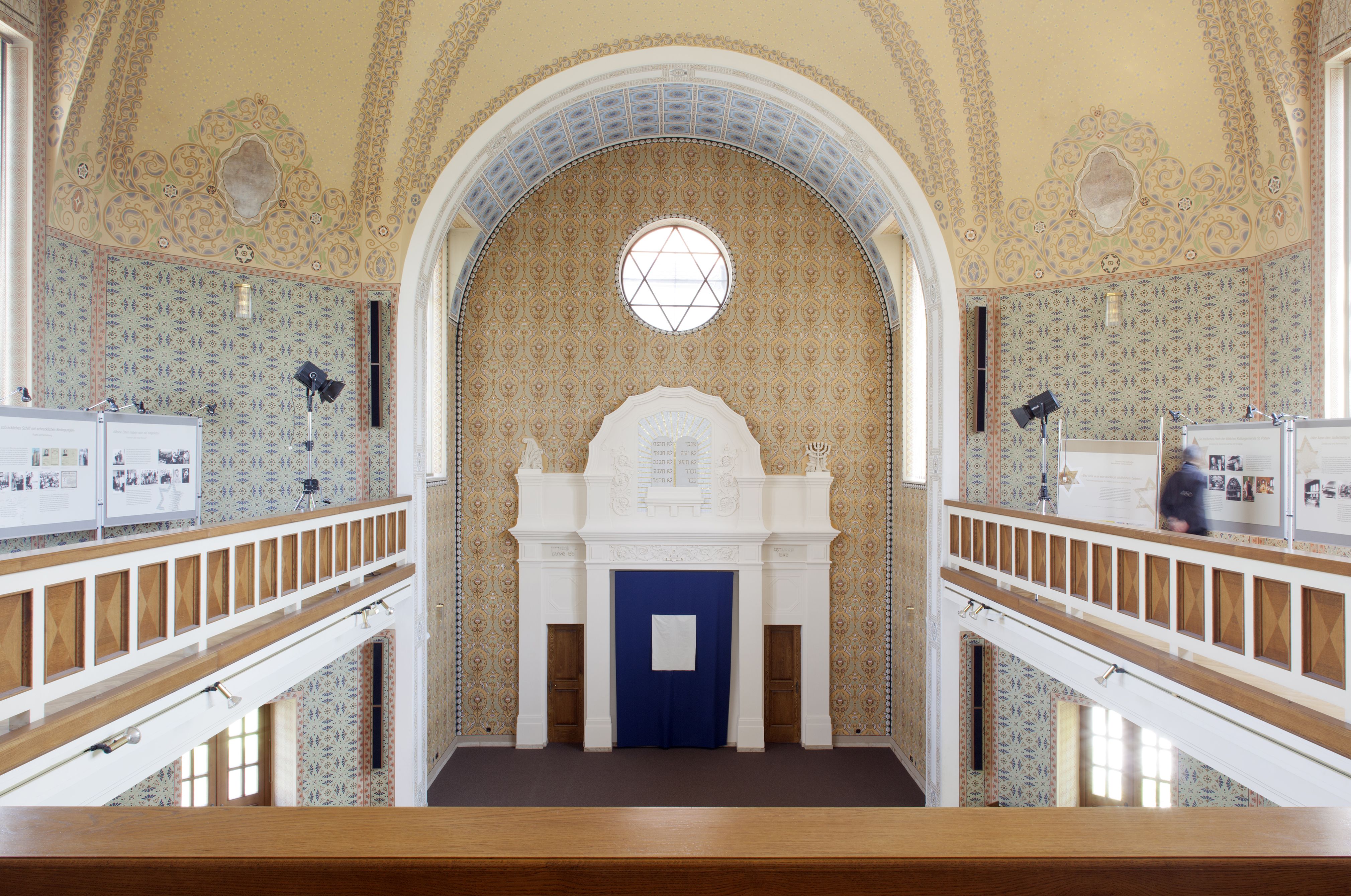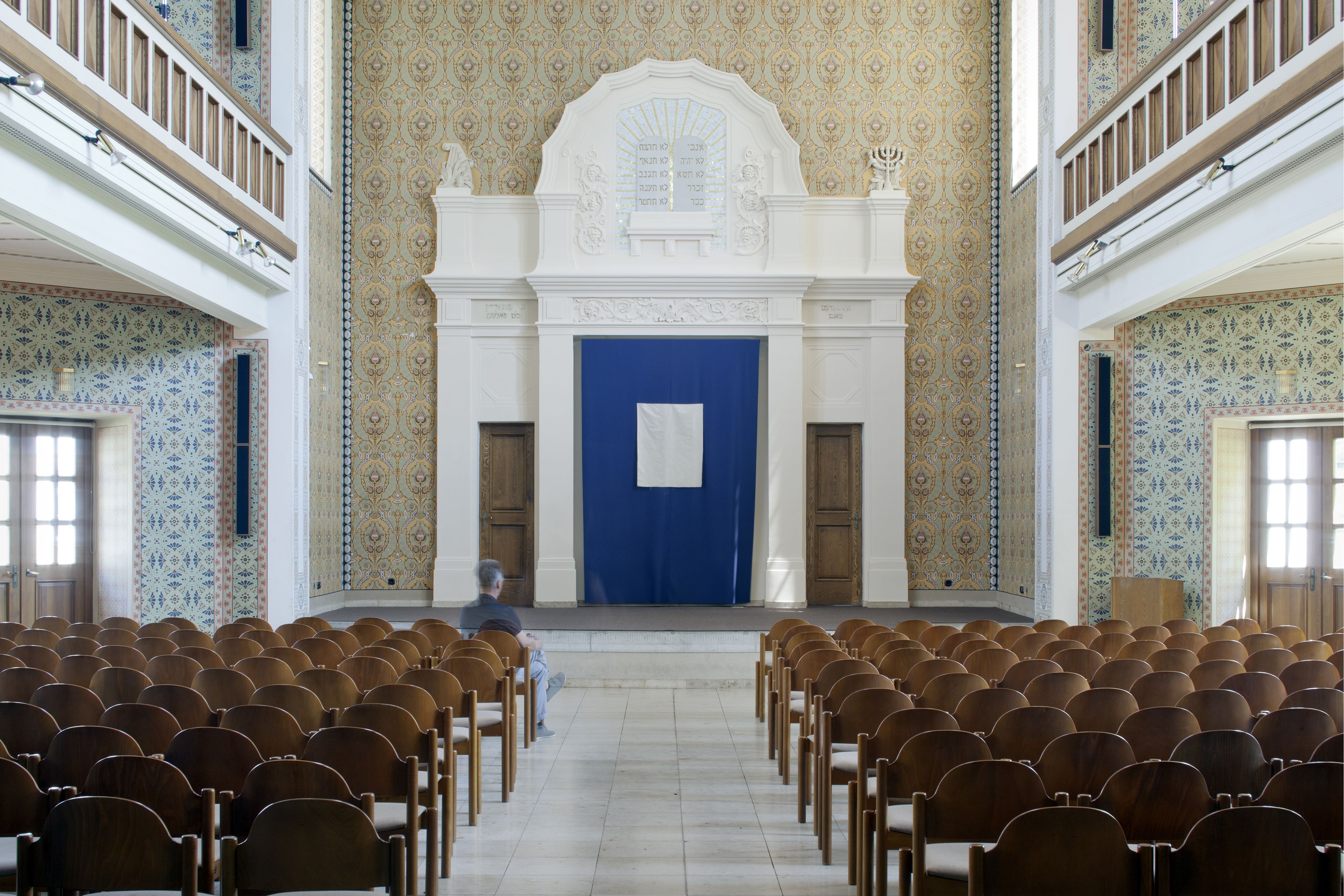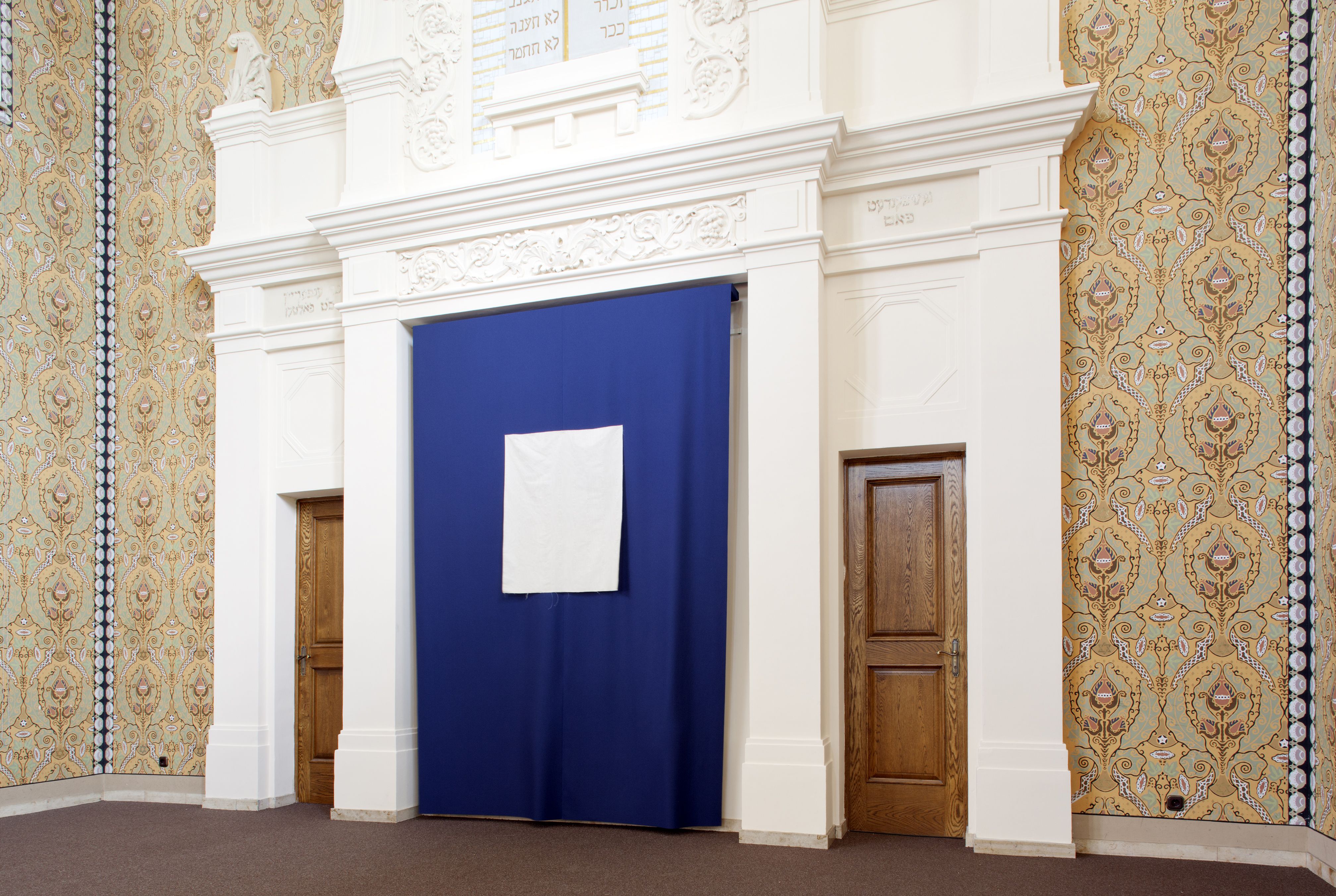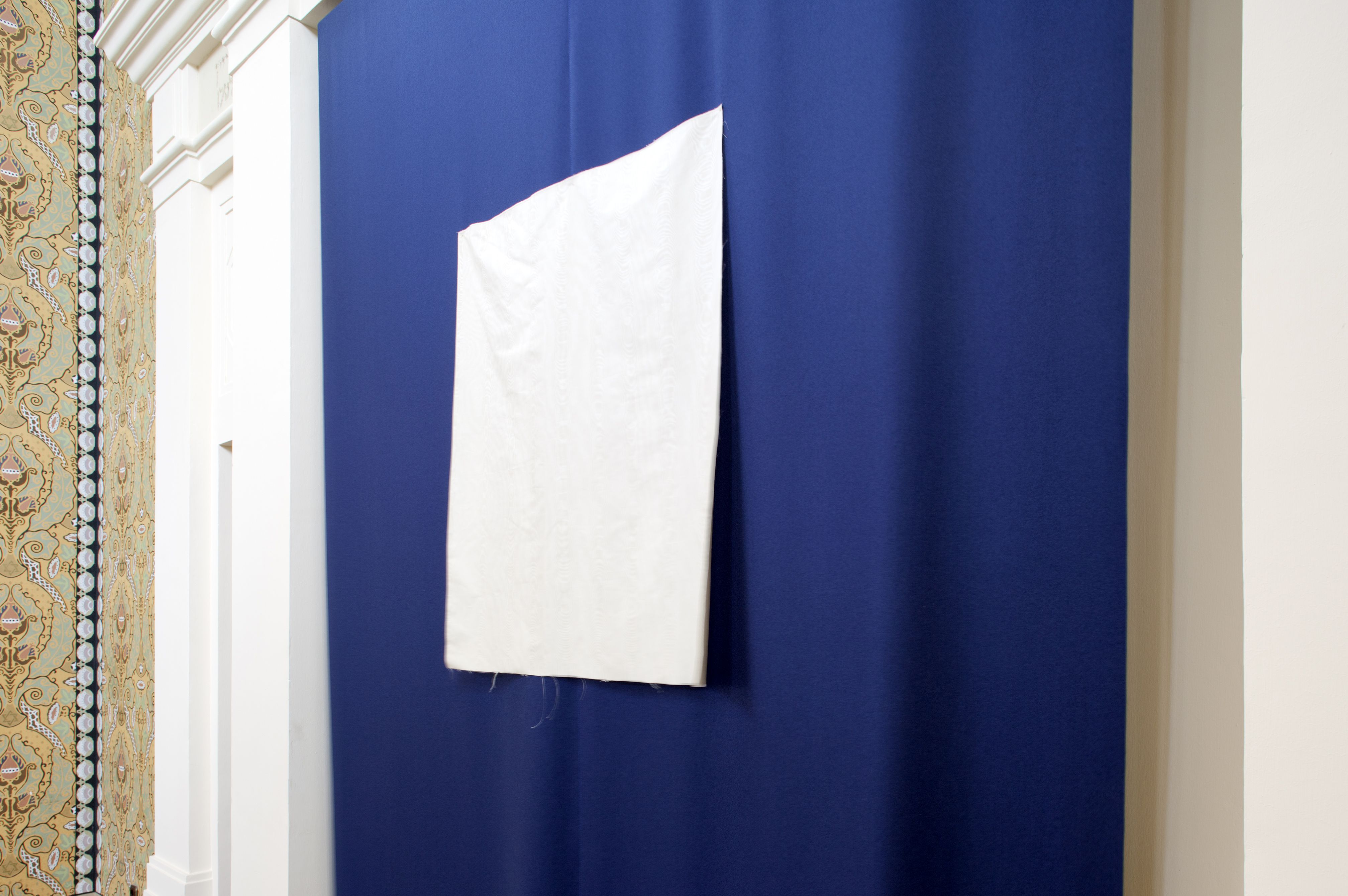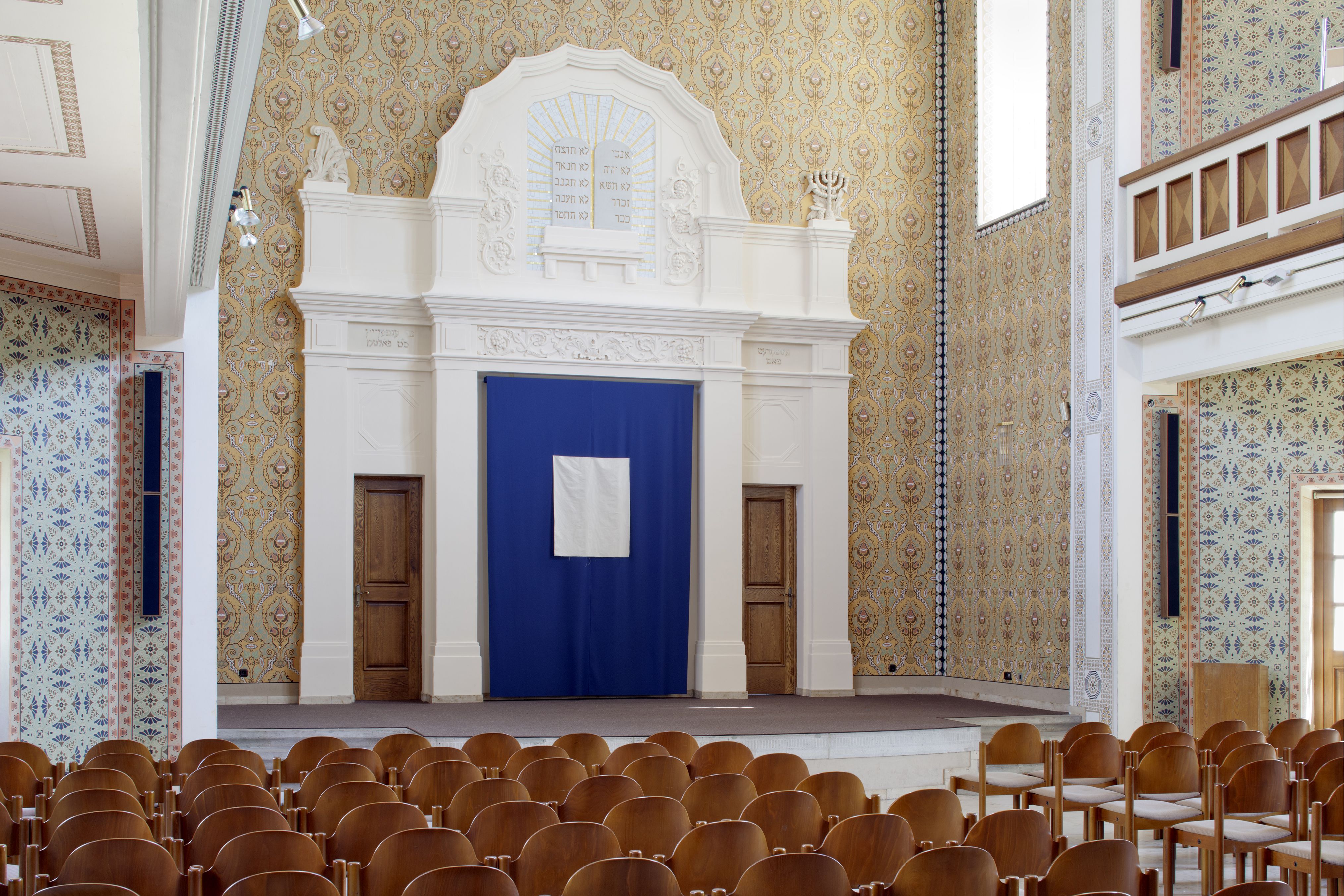Simon Wachsmuth
:
Der Neunte Tag
Back
Information
Simon Wachsmuth’s installation Der Neunte Tag (The Ninth Day) explores how history is “charged” and “constructed.” The title of his project connects two historical events – the destruction of the temple in Jerusalem, which is commemorated on the ninth day of the month of Av, and the so-called Reichspogromnacht (also known as “night of broken glass,” or “Kristallnacht” by the Nazis ) on November 9, 1938. By referring to the common aspect of these two seemingly disparate events in Jewish history – the ongoing hostility and destruction of Jewish life – the artist connects the two events in one symbolic gesture.
Fire was set to the synagogue of St. Pölten during the pogrom in the night of the 9th to the 10th of November, 1938. The Torah scrolls, Torah curtain, furniture, books, and pictures were destroyed or disappeared without a trace. Despite the damage, the building was not restored after 1945, and it continued to fall into a state of increasing disrepair over the next decades. The building was finally renovated from 1980 to 1984, and in 1988, it became the home of the Institute for Jewish History in Austria. Although the building is no longer used for religious purposes, it still serves as a reminder of both its own history and the Jews who were persecuted and murdered during the Nazi regime and the great human loss that went along with this. Today, the building that once housed the synagogue of St. Pölten is not only a symbol of a no longer existing community, but also a memorial site and a place of learning.
In Simon Wachsmuth’s reconstruction of the parochet (the Torah curtain) in the former synagogue of St. Pölten, the fabric becomes a symbol of what is missing. He used a dark cloth made of light-absorbing material to cover the Torah shrine. A small rectangle made of a lighter fabric is sewn to its surface with a few loose stitches.
The shiny and delicate texture of the fabric gives it a ceremonial appearance. According to tradition, on the ninth of the month of Av, the Jewish day of fasting and mourning, the parochet is removed to present the Torah scrolls to the mourning congregation. However, here on the 9th of Av (July-August) and 9th of November, the cloth is set into a slight movement by a hidden fan as a symbol of remembrance of the events that led to this religious holiday and the events of the pogrom in November 1938.
Wind is an ephemeral phenomenon and a natural and symbolic element. The Book of Genesis states that the Spirit of God (Ruach Elohim) moved over the face of the waters before the creation of the world. The Hebrew word for spirit can also be translated as wind. Wind is invisible; it can only be made visible by other objects with material properties. Although we cannot touch it, it has been blowing on earth for millions of years, long before some cultures came and long after they went. "The installation Der Neunte Tag has a formal simplicity that borders on the austere. Visual representation is overshadowed by a symbolic gesture. It is not the form, color, or other characteristics of the visual materials that reveal what is missing in the former synagogue of St. Pölten; it is the context of the many different historical, linguistic, and phenomenological aspects that unfolds only through the participation of each visitor, whose pausing and reflecting becomes a form of commemoration."(Simon Wachsmuth)
(Martin Hochleitner)
Images (6)
